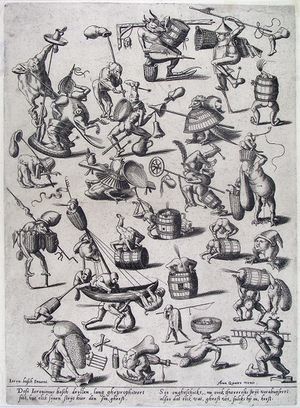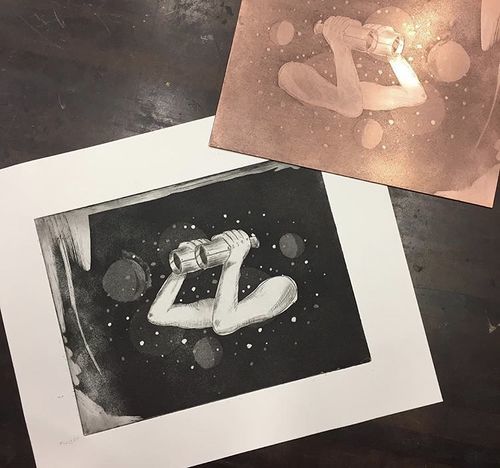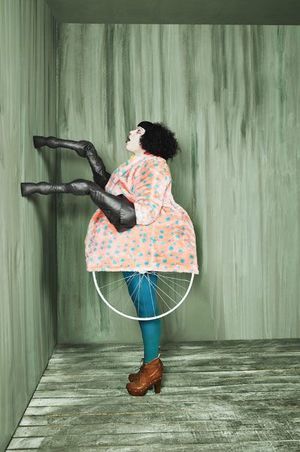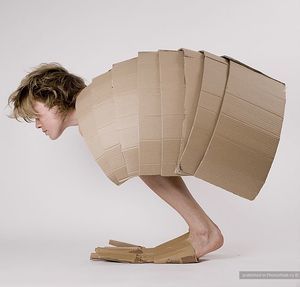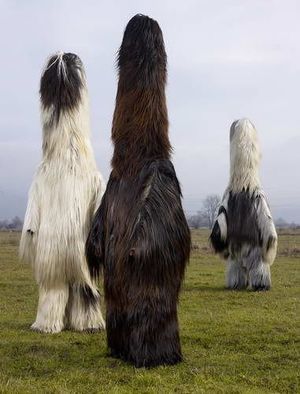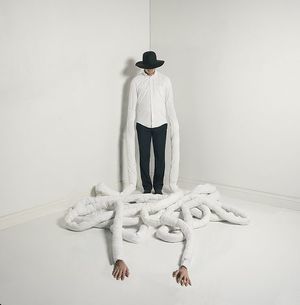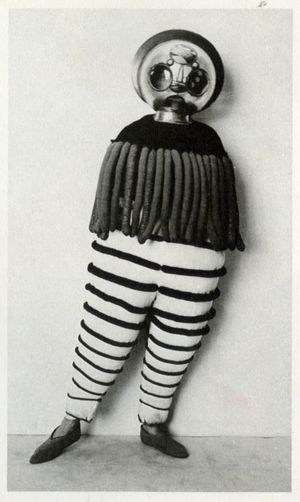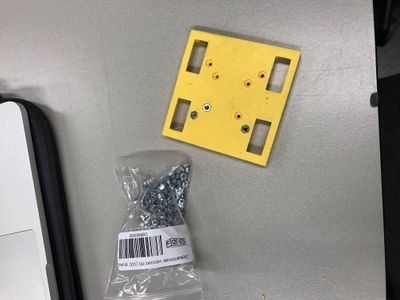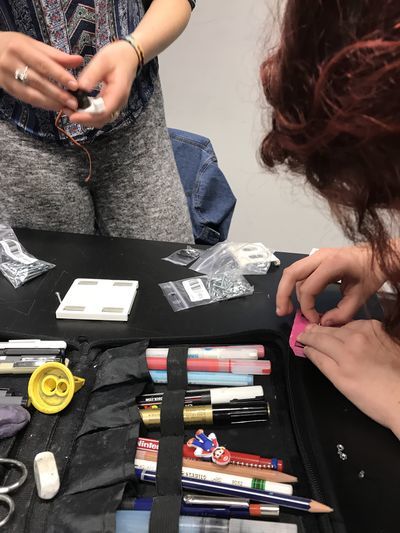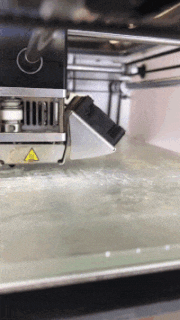User:Urf
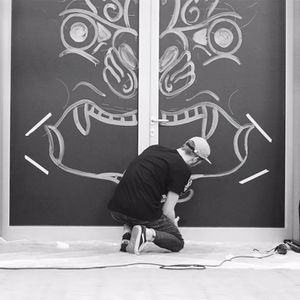
Ervin Poot
0929997
0929997@hr.nl
Illustration
Practice Digital Craft 2018
For my fantastic forgeries I picked the work of Jheronimus Bosch. Actually there are two works I picked, but they kind of belong together I figured. The first work is called "Cripples" and the second one "Various Fantastic Figures". The pissing and farting monsters on the right page are clearly fantasies and intent to induce laughter. But cripples on the left page could be realistic. In the sixteenth century, there were many deformed people, as a result of violence and leprosy. And yet this print is meant to be humorous.
There were two things those works had that appealed to me. At first the technique he used. Both prints are engraved and this is something I really wanted to learn. The second thing I liked even more, is the way the characters are drawn. I feel related to this because I also like to draw in weird and alienating themes as they tend to trigger my fantasie.
Copy
For the copy I wanted to try and learn the technique used by Jheronimus Bosch. I started experimenting with the etching technique. I tried different methods of the etching process.
Research
I started my research by looking for images that catch my interests but also could relate to the cripples.
1. What is the theme i am investigating? Weird and alienating characters in comparison with 2. What is my research question? 3. How am I structuring my research? 4. What tools and methods will I use to conduct my research? The internet and just trial and error. 5. What is the foreseen result? 6. What is the difference between my foreseen result and my actual result? 7. Is it relevant?
Transformation
Elective Mimmicking Machines 2017
Welcome to my page where I document the progress we're making at the elective called Mimicking Machines. At this elective we're looking at different kind of printers and plotters. In the first lessons we made a plotter using 3d printed parts, electric motors, belts and a control panel called Arduino. While making the plotter I learned a lot about the mechanics and how the plotter works.
First I made a vector illustration in illustrator and imported the file into Inkscape to make a G-code of it. This G-code can be used in the software called Universal G-code sender. In this software you can control the plotter by clicking buttons, or sending the code to the Arduino. The Arduino knows where to draw because of the code.
I’ve been experimenting with different kind of materials such as a pentel brush and a posca marker. I tried to get different result with the same code. With the brush I tried to get different thicknesses in the line it made. Still this was very hard because I had to edit the code the program made for me. A lot of times the plotter just stopped because of an error. But after a reset it did its job well.
Check out the video I made from the plotter doing its job. https://vimeo.com/224086302
I'm planning to use this machine more often in the future. You can do a lot of cool stuff with it!

